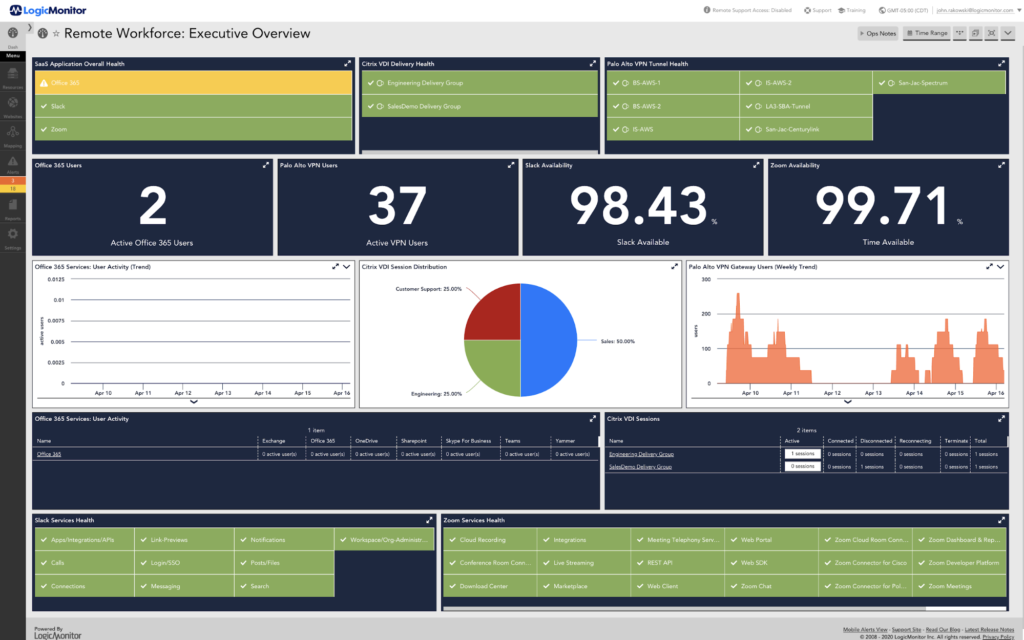Multitenancy is one of the core concepts of cloud computing. As organizations continue to move more and more of their tech stacks to the cloud, understanding multitenancy, or how architecture is able to share environments together, is one of the most crucial topics to learn. This article will break down the intricacies of multitenancy, how it stacks up against other tenancy models, and its benefits.
Contents
- What Is Multitenancy?
- Single Tenancy vs. Multitenancy
- Why the Shift to Multitenancy?
- Multitenant Databases
- Access Control for Multitenant Environments
- Benefits of Multitenancy
- The Future of Multitenancy
What Is Multitenancy?
Multitenancy is an architectural pattern that enables multiple users to share one or more application instances at the same time. Each user is referred to as a tenant; this can be an individual user but is more commonly a group of users, such as a customer company. Each tenant’s data is isolated and invisible to other tenants but runs on the same server.
Single Tenancy vs. Multitenancy
Single tenancy involves a single application instance dedicated to a single customer. The difference between single tenancy and multitenancy can be explained in a real-estate format. Single tenancy can be viewed as a customer buying a single house of their own and customizing it to their needs as they see fit. Multitenancy can be likened to an apartment building with several isolated apartments leased out to individual customers, all sharing the same resources.
Generally, multitenant architecture is preferred because it’s significantly more cost-effective compared to single tenancy. While single tenancy was historically able to offer more control of configuration, increased isolation, and associated security, SaaS-based multi-tenant architecture has now outpaced single tenancy with almost all of these advantages as well.
Why the Shift to Multitenancy?
Traditionally, organizations have maintained on-premise servers with single tenancy. As the landscape has shifted naturally much more into the cloud, multitenancy is now the norm most organizations follow. Cloud-based platforms offer more flexibility, savings on hardware maintenance, and access to cloud technologies, becoming the obvious choice for most options.
There are three major types of cloud computing used by businesses: Software as a Service (SaaS), Platform as a Service (PaaS), and Infrastructure as a Service (IaaS).
Of these, SaaS is the most popular among businesses, and because its core architecture is multi-tenant, the shift to multitenancy has been inevitable for most organizations. In addition, in most cases, cloud-based applications require multitenancy.
Multitenant Databases
When choosing a database for multi-tenant applications, there are a few criteria developers must consider, and they include:
- Scalability, involving number of tenants, storage, and workload
- Development and operational complexity
- Tenant isolation
Outlined below are three major approaches to multitenant database patterns, each with varying levels of complexity and cost.

Single Shared Database and Schema
This is the simplest approach in the initial stages of development. Tenants share the same application instance and database, and each tenant has a table in the shared schema. It allows for easier scaling and larger numbers of tenants, but troubleshooting individual tenants can be difficult. Additionally, it provides very low tenant isolation. When the number of tenants increases exponentially, it will become more difficult to operate the database.
Shared Database, Separate Schemas
Here, there is a single database, but one schema per tenant. This approach is valuable when data from different tenants needs to be treated differently, for example, if it goes through different geographical regulations. It’s also more secure than the single schema approach. However, it doesn’t comply with PCI/HIPAA/FedRAMP regulations.
Separate Database, Separate Schemas
In this approach, computing resources and application code are shared among tenants on a single server, but each tenant has their own set of data that remains logically separated from other tenants’ data. It provides the highest level of tenant and data isolation but is also the costliest approach.
Access Control for Multitenant Environments
The difficulties in access control management in multitenancy lie in:
- Controlling different data and application resources
- Providing different tenants with access to the resources
- Designing an access control mechanism with many authorization rules across conflicting policy domains for a large number of users
The most common access control measure applied in multitenancy is Role-Based Access Control (RBAC). RBAC provides fine-grained authorization to users and builds trust among tenants.

Benefits of Multitenancy
There are quite a number of benefits that have made multitenancy the standard among organizations, and they include the following:
- It is highly cost-effective since cost for the multitenancy environment and resources are shared among tenants.
- It’s low-maintenance for tenants, as the duty of server upgrades and maintenance updates usually fall on the SaaS vendor and, because a single server is serving many tenants, updates can be rolled out more easily at once.
- It offers high scalability that is available on-demand for clients. There are also fewer infrastructure implications because new users get access to the same already existing basic software.
- It’s easy to add new tenants to servers, as the process of signing up and configuration of new domains/subdomains is automated, and integrations with other applications are made easier through the use of APIs.
The Future of Multitenancy
Although businesses are constantly looking for ways to capitalize on the benefits of both single tenancy and multitenancy through avenues like multi-cloud tenancy and hybrid tenancy, multitenancy remains at the forefront of cloud computing. It offers organizations boundless opportunities for horizontal expansion and would be the ideal tool for a business looking to move from on-premise servers to cloud services.
Subscribe to our blog
Get articles like this delivered straight to your inbox







